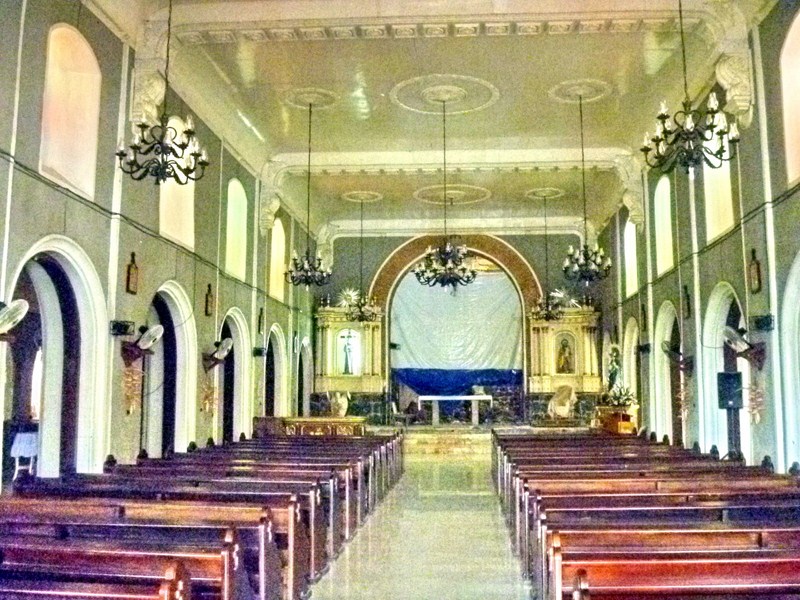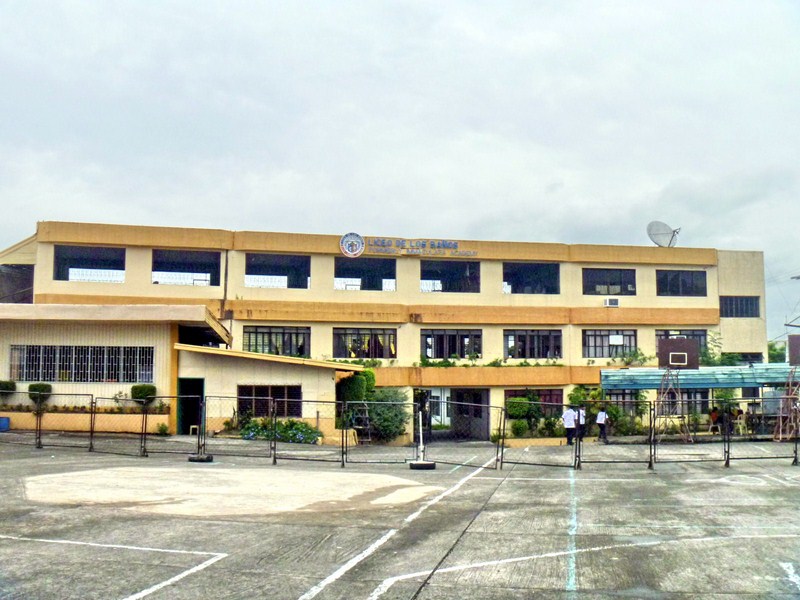A short leisurely walk from the town plaza brought us to the Pila Museum, the former Spanish-era escuela pia (school). This refurbished building, probably the oldest structure in the town, now houses priceless pre-Hispanic Northern Sung (960-1127 AD), Southern Sung (1127-1280 AD) and Yuan Dynasty (1280-1368 AD) Chinese porcelain (plates, jars, jugs, etc.) and tradeware transferred to this heritage building in 1994 by the Pila Historical Society Foundation.
 |
| Pila Museum |
These were recovered, from May to October 1967, from the Esso Standard Philippines-Manuel Elizalde excavations of an ancient crematorium (the oldest in the country) and habitation sites among the coconut plantations in Brgy. Pinagbayanan and Bagong Pook. The project was led by Ms. Julita G. Fernandez and Ms. Amelia O. Rogel, graduate students of anthropology from the University of the Philippines. They were supervised by Dr. Robert Fox and Mr. Avelino Legaspi of the Anthropology Division of the National Museum.
Some 250 to 300 pieces of the finds were donated to the town by Mr. and Mrs. Manuel Elizalde. These include celadon dishes with fish motif; celadon censers; qingbai blue and white jarlets; small, lead-glazed water droppers and teapots; qingbai double gourd vessels; large, gray-glazed ewers; figurines of carabao with riders in plain and spotted qingbai; brown wares of all shapes and sizes; iron and glass bracelets; and colored beads and earrings that appear to be gold or copper.

.jpg)
.jpg)
.jpg)
.jpg)
.jpg)
.jpg)
































